The Advantages of Classroom Displays
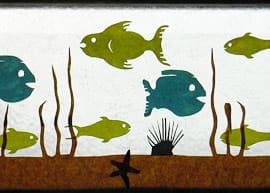
This is part of a series of posts taken from Dr David Smawfield’s catalogue of resources created to help new teachers, or teachers in training, feel comfortable in their new classes and effectively control their new pupils.
Wall displays are an important part of any classroom, as they make the room appear more inviting and creates a better learning environment. Below are a list of ideas for utilising the space on your classroom walls and getting the most out of a display.
– Displays can be merely decorative. They can make the classroom brighter, and a more interesting and stimulating place. This, in itself, can have a direct impact on pupil motivation and thus on pupil learning.
– Displays can be used to “set the scene” for a new teaching topic. The teacher can put some stimulating material on display to promote pupil interest in a topic that is going to be taught. If the theme was “volcanoes”, some interesting pictures and diagrams about volcanoes might be displayed before the teaching begins: perhaps even several days before, not just immediately before the lesson.
– Displays can be used to stimulate and create pupil interest. Books might be displayed on a shelf, and opened at an interesting page, to encourage pupils to read. A “nature table” is another example of a display to create interest.
– Display materials can include supplementary teaching aids that simply enrich or reinforce what is being taught, helping to bring the subject “to life”. If a foreign country was being studied as part of “geography”, a display might include pictures of the people and their costumes, famous landmarks, and so on.
– Displays can be used to communicate to others what the class is doing. This can include other students from a different class, other teachers, the principal, official school visitors, parents, and members of the local community.
– Displays can take the form of useful reference material, to support pupil learning, such as letters of the alphabet and “number lines”.
– Display material can include information that it is important for students to memorise, such as number tables, spellings and other important factual information. The display material can be used for “drills”. Students will also tend to learn the material, simply because it is displayed and there to look at.
– Displays can form the central basis of a piece of class work or a topic. They can be a means of reporting on, and recording, the work that has been undertaken. For example, the title of a display might be “What we did in Science”,
– Displays can be part of some on-going work. For example, if metamorphosis is being studied, a display might include an aquarium with tadpoles. The growth of tadpoles can be monitored and recorded on graphs that form part of the display.
– Displays can be used to provide students with something extra to do, in spare moments. A “puzzle of the day” would serve this purpose well. Few students will be able to resist trying to solve it!
– Displays can be used to promote class management. They can include lists of routines, responsibilities, tasks, and rules. They can include directions, labels, and instructions.
– Displays can form part of record keeping. They can be used to record pupil and class progress, and topics covered. They might also record student awards, such as “gold stars” and bonus points.
We also have a variety of classroom displays here at Early Learning HQ. You can access all of them (as well as thousands of other early years resources) with an ELHQ Premium subscription. You can get 30% off the cost of a subscription by using the code CLASS30 at the checkout.
Dr Smawfield is a senior international development consultant based in the UK and has a strong background in teacher education. He has worked in countries around the world, including Bangladesh, Malawi, Romania and Vietnam and is especially interested in active learning and low-cost teaching aids. You can find out more about his work on his website.
Comments
Leave a Reply
Popular Teaching Resources
Stay Up To Date
Sign up for our newsletter and we’ll let you know when we create new early years resources.

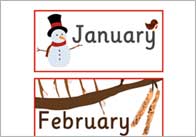

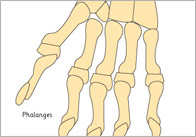
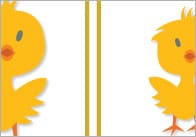
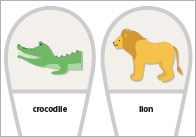
Like it
It is really helpful but for the sake of our research l would like you to state the authors
The author is Dr David Smawfield
I found this really helpful but was unable to find a date therefore was unable to add it to my research.